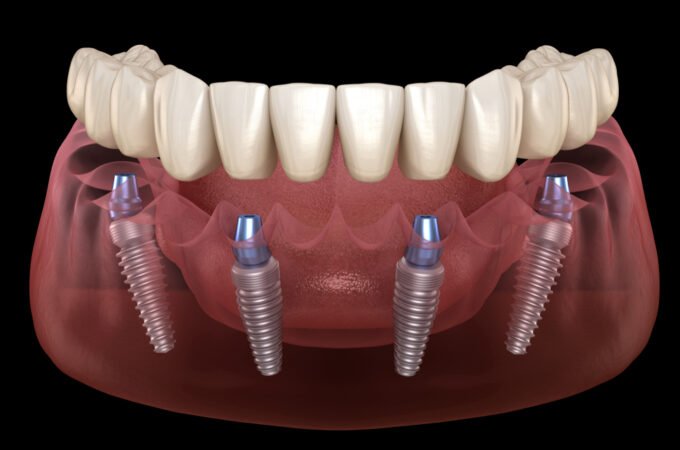
What to Expect During a Hearing Test?
Are you uncertain about your hearing health? Hearing loss can affect anyone, and often so progressively, it can be difficult to notice until you’ve experienced the symptoms. Believe it or not, hearing loss has wide-ranging effects on your overall health, so taking a baseline hearing test and annual test can help you catch the problem earlier. And, because hearing tests are so necessary, it’s good to be prepared in order to make the process flow as smoothly as possible. What’s more, writing down your symptoms in advance can also minimize the possibility of forgetting crucial details during the hearing examination.
Hearing tests are routine and often recommended, even if there are no visible hearing loss symptoms. They’re painless and straightforward, and involve very few steps, and are an intrinsic part of the process. What to expect from a hearing test? A solution. Through a hearing examination, your audiologist will be able to better understand exactly what type and severity of hearing loss you may face so that they can get the best type of treatment.
What happens during a hearing test?
Your first visit to the audiologist will typically start with a series of queries asking about your past or current hearing problems, your general health, and other related issues that might trigger your hearing loss. But before giving you a full diagnosis, your audiologist will likely issue multiple tests, which typically last about 30 to 45 minutes to complete.

Once you’ve started your hearing test, the audiologist will begin by conducting a physical examination of the ears, which means that they will be able to identify various and usual problems like excessive earwax. With the use of a utensil known as an otoscope, they will be able to search for and identify physical damage in both the middle and the inner ear.
The next step in a hearing examination is a pure-tone test. This type of examination will help your audiologist recognize the exact frequencies of sound you are able to hear. Bear in mind that the ability to recognize multiple frequencies and volumes will be displayed on your audiogram, which allows audiologists to illustrate the type, pattern, and degree of your hearing loss.
Hearing the results
Your hearing ability, in terms of both frequency and loudness, as well as neurological response, will be graphed. At the same time, speech recognition is typically recorded in the form of a percentage. Based on these findings, your audiologist will explain your results and the next course of action. What’s to know is that these results will be divided into normal hearing- meaning no hearing loss or changing hearing loss degrees. During this stage, you should ask your doctor as many questions as you need.

When hearing loss is detected, your audiologist will present a series of treatment options to move forward. So, according to your previous examinations and conversations, your audiologist will have a better understanding of your lifestyle needs and will make recommendations accordingly.
If you’re currently noticed hearing impediments, then it is recommended that you visit an audiologist at least once every five years.
Even if you’re under the age of 45, you may experience tinnitus or other hearing issues, so a visit to an audiologist may also be appropriate.




